11 Things Everyone Did in the ’70s That Would Raise Eyebrows Now
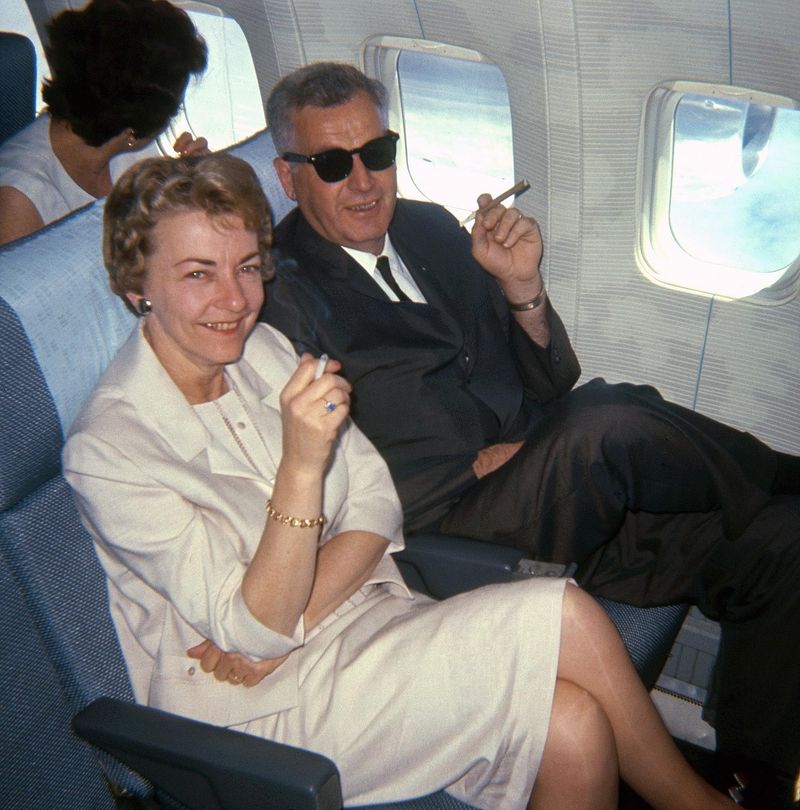
The 1970s were a time of vibrant cultural shifts, marked by a carefree attitude and a sense of exploration. People embraced bold fashion, unconventional social practices, and a laid-back lifestyle that often seems foreign by today’s standards. Whether it was the swirling dance floors of disco clubs or the avocado-colored kitchens that defined the decade, the ’70s were a blend of freedom and innovation. Many of the era’s norms would now be considered eyebrow-raising, if not outright shocking. Here’s a look at 11 everyday habits from the ’70s that have since fallen out of favor, reflecting just how much society has evolved.
1. Smoking Everywhere — Even on Airplanes
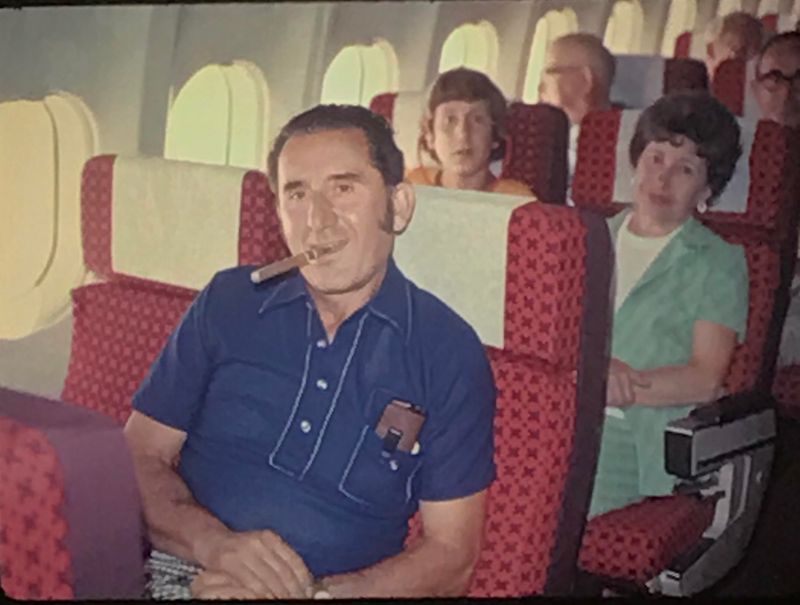
Imagine being enveloped in a haze of cigarette smoke the moment you entered a public space. In the 1970s, lighting up was not just common — it was expected. Airplanes, restaurants, and even hospitals allowed smoking, with non-smokers relegated to sections that offered little respite.
This pervasive habit created an atmosphere that would be unthinkable today, as awareness about the dangers of smoking was still emerging. The idea of smoking being harmful barely registered, and ashtrays were as ubiquitous as salt shakers.
The transition away from such environments marks a significant cultural shift towards health-conscious living, reflecting broader changes in public policy and awareness.
2. No Seatbelts, No Problem
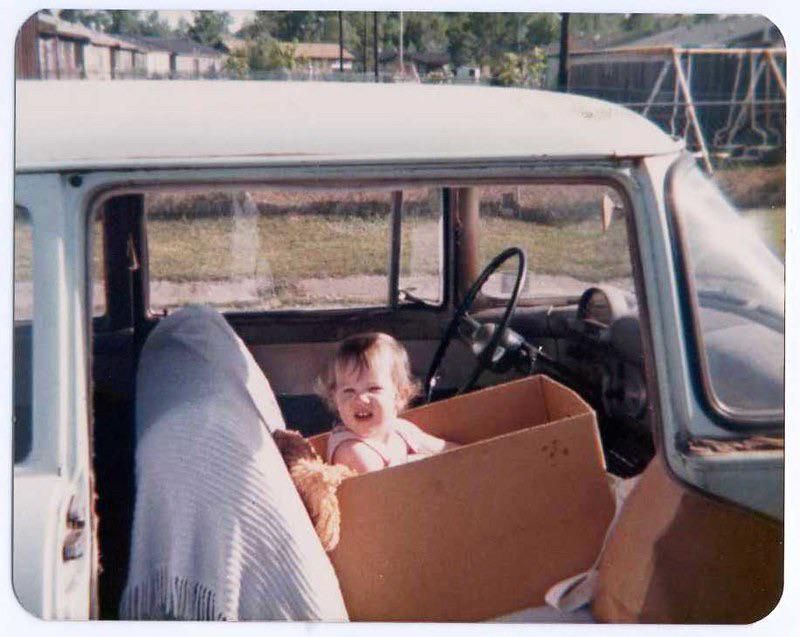
Seatbelts were often an afterthought in the 1970s, a decade when safety regulations had not yet caught up with the potential dangers on the road. Families piled into cars with children standing in the backseat or lying across the rear window shelf.
Child safety seats were practically unheard of, and the concept of buckling up was considered unnecessary by many. This era of vehicular freedom was seen as part of the adventure of driving, with little regard for potential accidents.
Modern safety standards highlight how far we’ve come in prioritizing protection, making those carefree car journeys a relic of the past.
3. Hosting Fondue Parties Like It Was a Sport
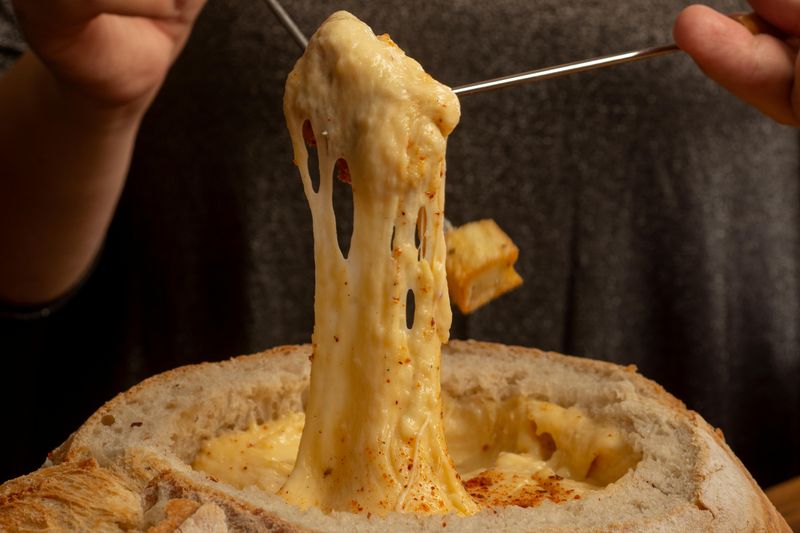
Fondue parties in the ’70s were the epitome of social sophistication, where friends gathered to dip bread into pots of melted cheese or chocolate. The communal nature of fondue allowed for shared experiences and lively conversation.
Double-dipping, now seen as a faux pas, was entirely acceptable in the spirit of enjoyment. It was more than just a meal; it was a social event to be savored with friends and family.
Today, such gatherings might raise eyebrows due to modern sensibilities about hygiene, yet they remain a charming reminder of a decade unafraid to indulge in culinary camaraderie.
4. Using Sunbathing Oil Instead of Sunscreen
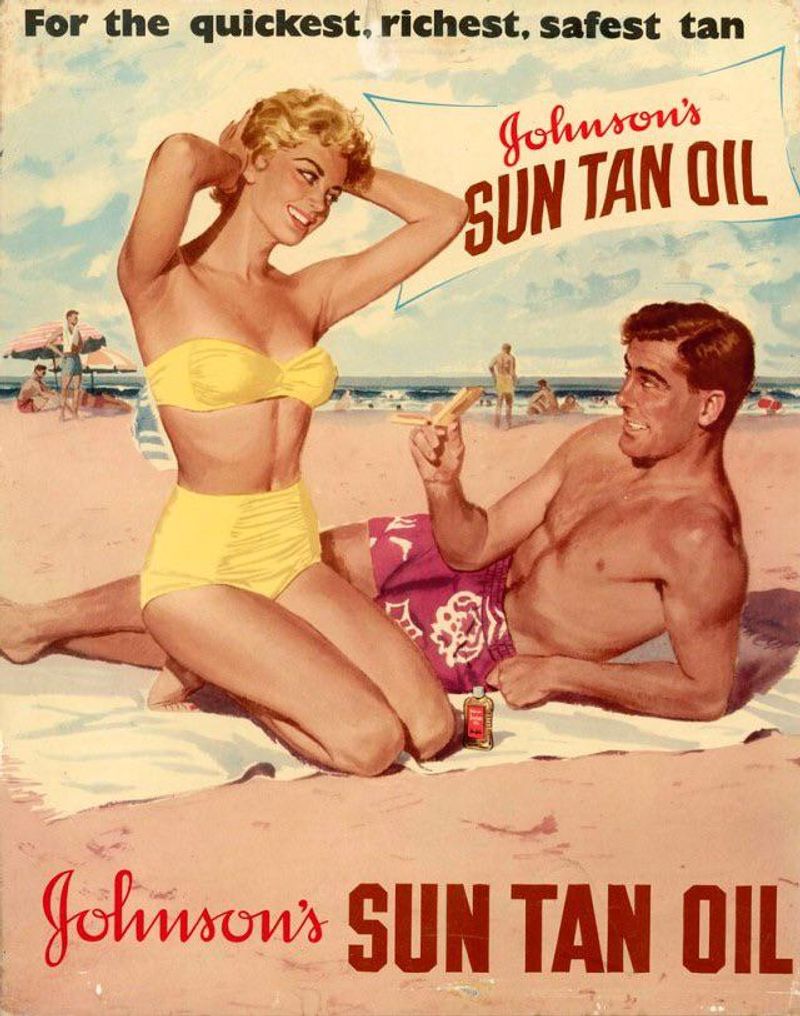
In the quest for the perfect tan, people in the 1970s often turned to sunbathing oil instead of sunscreen. Baby oil or tanning accelerators were slathered on, inviting the sun’s rays to darken the skin to a coveted bronze.
SPF was an unfamiliar acronym, as the health risks of sun exposure were not widely acknowledged. A deep tan was a status symbol, reflecting leisure and vitality.
Today’s understanding of UV damage and skin cancer has drastically altered our approach to sun exposure, transforming those golden-brown goals into a cautionary tale about the importance of skin protection.
5. Riding in the Back of Pickup Trucks
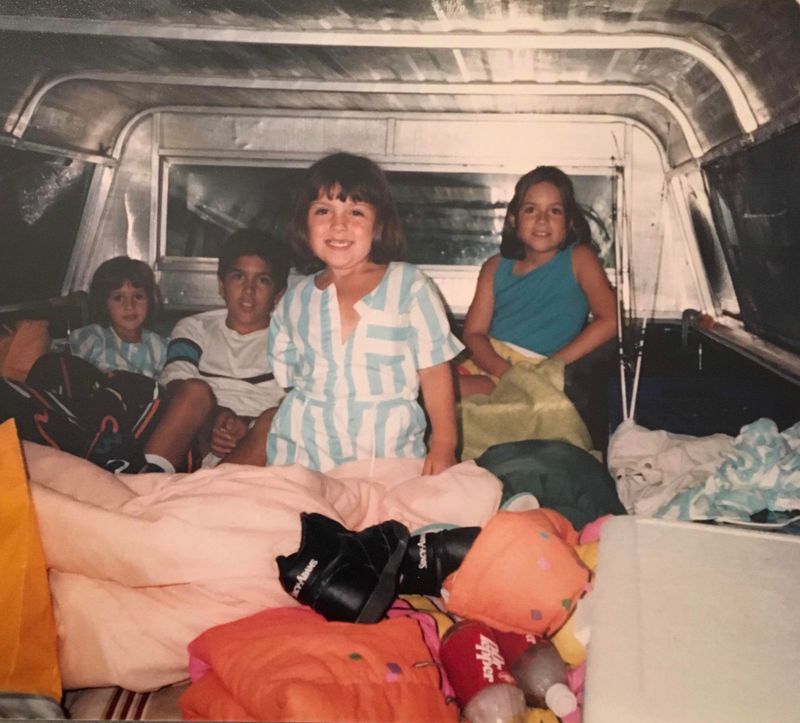
The joy of riding in the back of a pickup truck, wind whipping through your hair, was a simple pleasure in the 1970s. It was seen as a thrilling way to travel, especially for kids who reveled in the unrestrained freedom.
This practice, while fun, was fraught with danger, yet it was part of the adventurous spirit of the time. The open-air ride felt like a taste of rural Americana.
Modern safety laws have since restricted this practice, highlighting a growing awareness of vehicular safety and the need for protective measures for passengers.
6. Decorating Entire Homes in Avocado Green and Burnt Orange
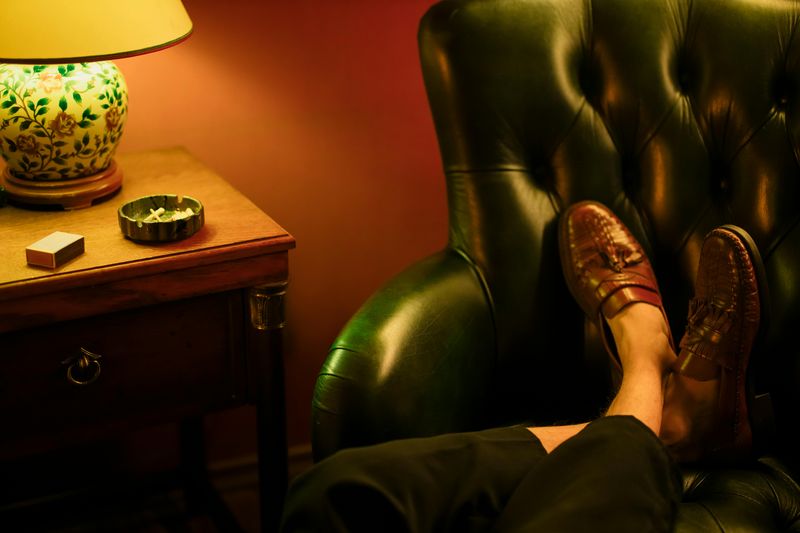
Step into a 1970s home, and you’d be greeted by a palette of avocado green and burnt orange. These earthy tones dominated everything from kitchen appliances to shag carpets, encapsulating the era’s distinctive aesthetic.
Such bold color choices were not just a trend but a proud expression of contemporary taste and style. They were emblematic of a willingness to embrace vivid design.
Today, these colors might be considered garish, yet they offer a nostalgic glimpse into a time when design was all about making a statement, regardless of subtlety or restraint.
7. Letting Kids Roam Until the Streetlights Came On
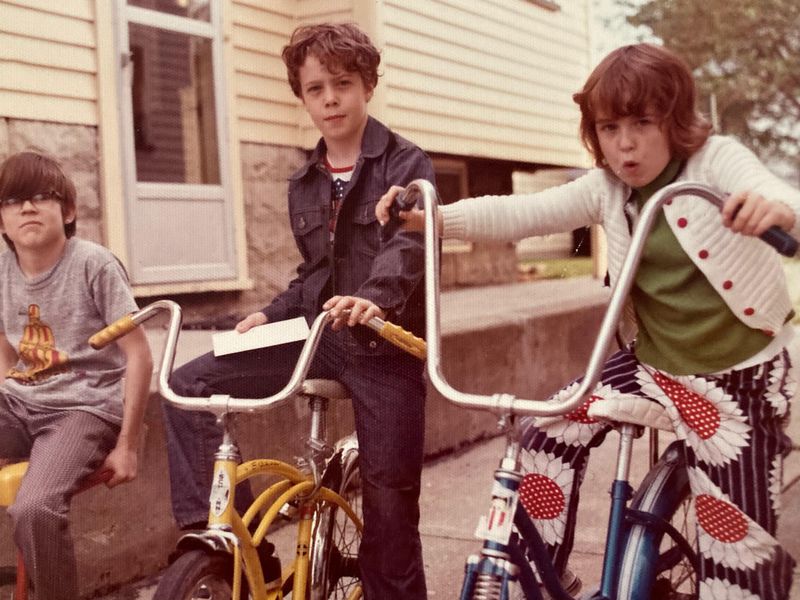
In an age before smartphones and strict parenting protocols, children in the 1970s enjoyed unparalleled freedom. Their playground was the neighborhood, with the only rule being to return home when the streetlights came on.
Parents trusted their children’s independence, often unaware of their exact whereabouts during the day. This freedom fostered creativity and social skills.
Modern parenting norms have shifted towards more structure and oversight, reflecting changes in societal perceptions of safety and a desire to closely monitor child development.
8. Drinking and Driving Was Common (and Lightly Joked About)
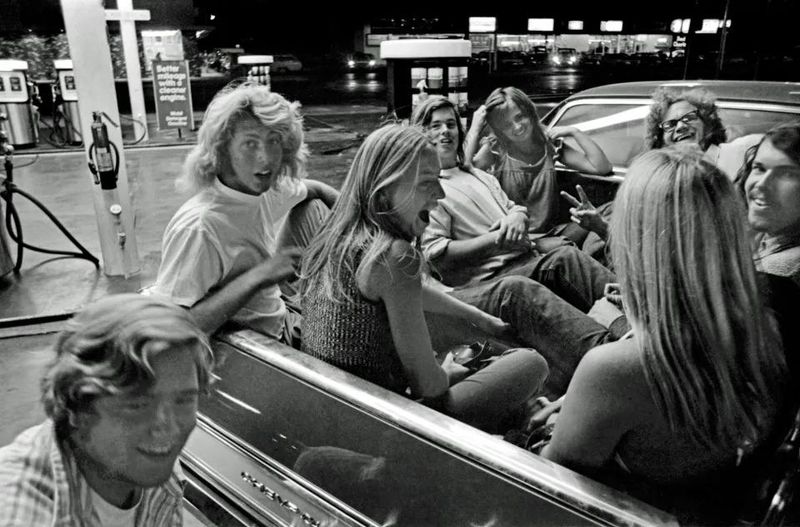
The 1970s were a time when the gravity of drinking and driving was not fully recognized. Having “just a few beers” before getting behind the wheel was disturbingly commonplace.
It was a topic often treated with lighthearted jokes rather than serious concern. Social norms were different, and the life-threatening risks were minimized.
Over the decades, increased awareness and stricter laws have reframed this issue, making it a serious societal concern and emphasizing the importance of responsible behavior.
9. Using Leaded Gasoline and Aerosol Everything

Environmental consciousness was still in its infancy during the 1970s. Cars guzzled leaded gasoline, and aerosol products contributed to ozone depletion without much public awareness.
The convenience of these products overshadowed the long-term environmental impacts. It was an era of consumption, with little thought to sustainability.
Today, the shift towards unleaded gasoline and eco-friendly products marks a significant evolution in environmental responsibility, driven by a greater understanding of ecological balance.
10. Wearing Polyester Everything

Polyester was the fabric of choice in the 1970s, loved for its durability and ease of care. Its shiny, non-breathable nature made it the go-to material for everything from leisure suits to disco dresses.
The fabric’s synthetic sheen was synonymous with fashion-forward thinking, despite its less-than-comfortable feel. Polyester symbolized an era unafraid to stand out.
Fashion has since gravitated towards more natural fibers, reflecting a greater appreciation for comfort and breathability, while polyester remains a hallmark of the disco decade.
11. Relying on Astrology and Ouija Boards for Life Decisions

In a time before digital distractions, mystical practices like astrology and Ouija boards captured the imagination. People eagerly consulted horoscopes for guidance and gathered around Ouija boards for insights into the unknown.
These practices were a mainstream pastime, offering an intriguing blend of entertainment and belief. They provided a sense of connection to something greater.
Today, while still popular in certain circles, these practices are often viewed with skepticism, reflecting a shift towards more evidence-based belief systems and a nuanced understanding of personal guidance.

Comments
Loading…